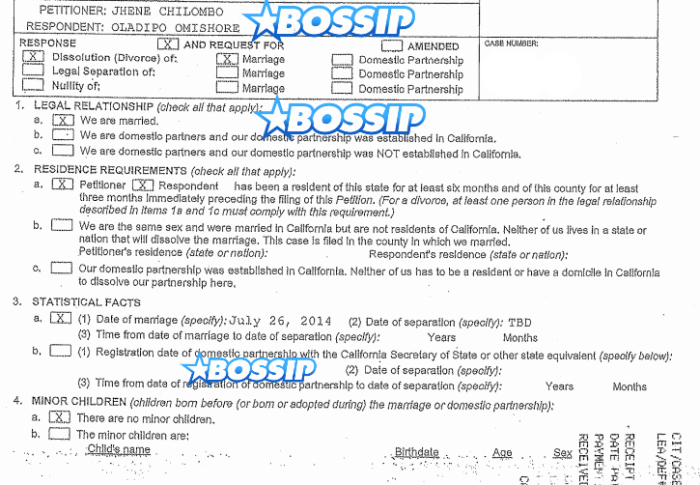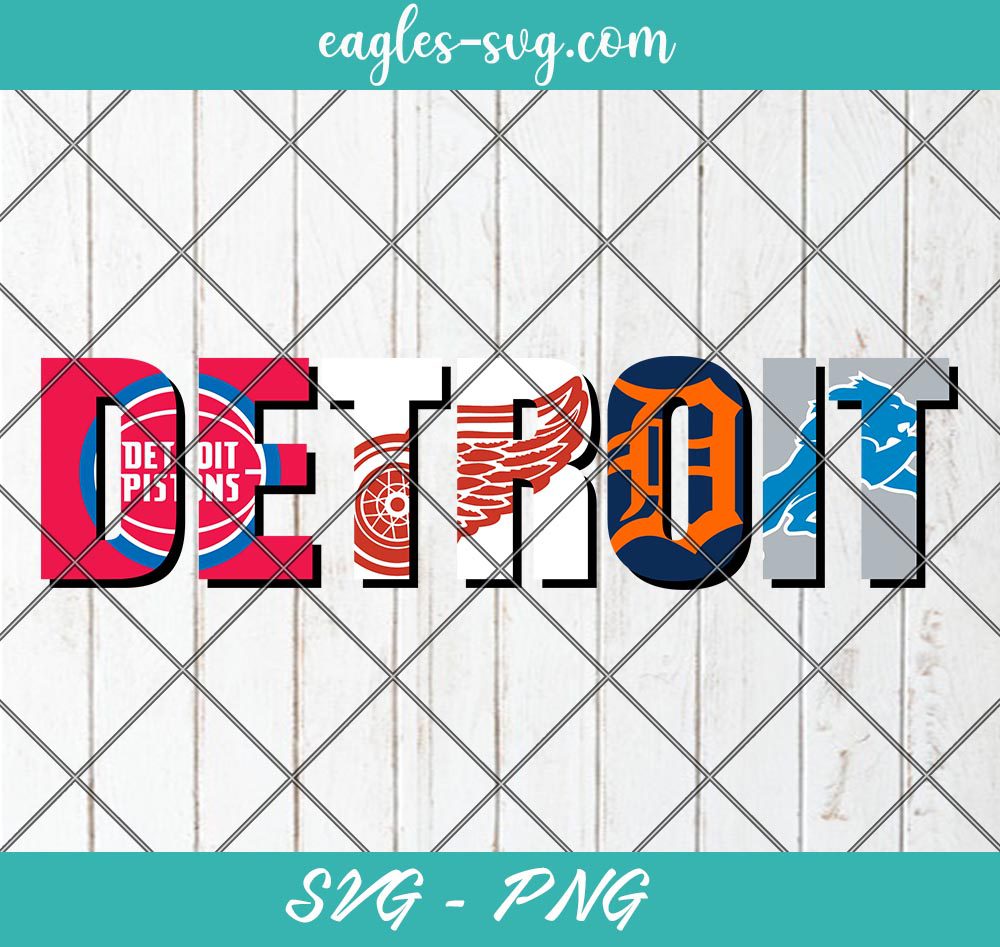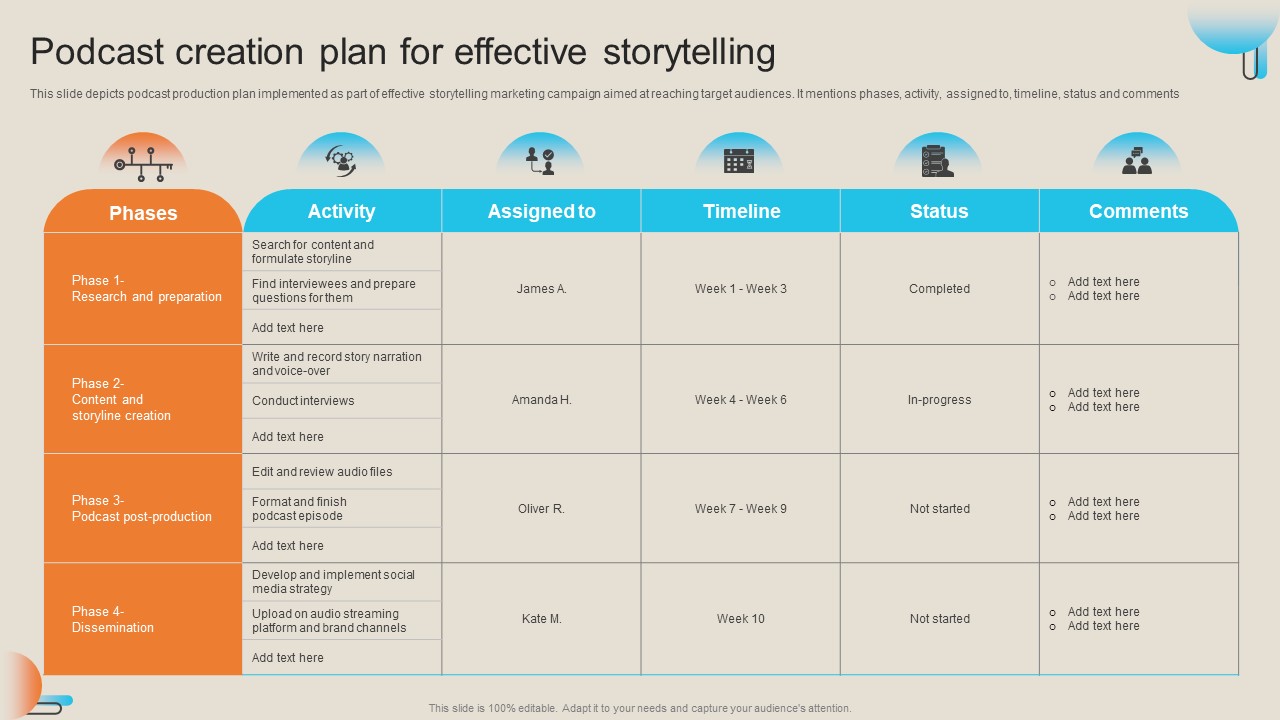Google Faces Potential Breakup: The U.S. Demands Action On Online Advertising

Table of Contents
The Department of Justice's Case Against Google's AdTech Dominance
The Department of Justice (DOJ) argues that Google has leveraged its control over the ad tech stack to stifle competition and harm consumers. This control extends across various facets of online advertising, creating a near-monopolistic advantage.
Google's Control of the AdTech Stack
Google's grip on the ad tech ecosystem is undeniable. It controls key aspects of the process, from search advertising to display advertising and programmatic buying. This dominance is achieved through a suite of interconnected products and services:
- Search Advertising: Google Ads dominates search advertising, giving Google unparalleled access to user data and intent.
- Display Advertising: Google Display Network provides access to a massive inventory of websites and apps for display ad campaigns.
- Programmatic Advertising: Google's DV360 (Display & Video 360) is a major player in programmatic advertising, a sophisticated automated ad buying system.
- AdSense: This ad network allows website publishers to monetize their content, further strengthening Google's reach and influence.
These products, working in concert, allegedly allow Google to engage in anti-competitive practices, favoring its own services and squeezing out smaller competitors.
Stifling Competition and Innovation
Google's alleged anti-competitive behavior is not just about market share; it's about stifling innovation. The sheer scale of Google's dominance creates a significant barrier to entry for smaller ad tech companies. This leads to:
- Reduced Market Concentration: A few major players, with Google at the helm, dominate the market, creating less space for emerging technologies and business models.
- Limited Innovation: The lack of competition reduces the incentives for Google to innovate and improve its offerings, potentially leading to stagnation in the ad tech sector.
- Struggling Smaller Players: Numerous smaller ad tech companies struggle to compete against Google's resources and market power, hindering growth and potentially leading to business failures.
This lack of competition ultimately harms the dynamism and progress within the ad tech sector.
The DOJ's Proposed Remedies
The DOJ's proposed remedies aim to break Google's hold on the advertising market. These include:
- Structural Separation: A complete breakup of Google's advertising business, separating its various ad tech components into independent entities.
- Divestiture: Forcing Google to sell off certain parts of its advertising business to smaller competitors.
- Behavioral Remedies: Imposing stricter regulations on Google's advertising practices, such as limiting its ability to favor its own services.
The choice of remedy will significantly impact the future of the online advertising industry.
The Impact on Consumers and Businesses
Google's dominance has far-reaching consequences for both consumers and businesses.
Higher Advertising Costs
Google's control over the ad tech stack translates to higher advertising costs for businesses, particularly smaller ones. Reduced competition means less bargaining power for advertisers, resulting in:
- Increased Prices for Small Businesses: Small businesses often struggle to afford the high advertising costs, limiting their ability to reach potential customers.
- Limited Marketing Reach: This can lead to less effective marketing campaigns for smaller enterprises.
- Impact on Consumer Prices: Ultimately, higher advertising costs can be passed on to consumers through higher prices for goods and services.
Reduced Choices and Innovation
Limited competition also translates into reduced choices for both advertisers and consumers. This lack of diversity manifests as:
- Less Diverse Advertising Formats: Consumers are exposed to fewer varied and innovative advertising formats.
- Reduced Targeting Options: The dominance of a single player may lead to less sophisticated and nuanced targeted advertising.
- Homogenous Advertising Experiences: Consumers may experience a less diverse and engaging advertising experience.
The Wider Implications for the Tech Industry
The Google antitrust case sets a significant precedent for the tech industry as a whole.
Precedent for Future Antitrust Cases
The outcome of this case will have major implications for future antitrust actions against other large tech companies. It will:
- Shape Future Tech Regulation: The legal arguments and precedents set will influence the regulatory environment for other dominant tech players.
- Impact on Big Tech Companies: Other large tech companies facing similar antitrust scrutiny will closely watch this case.
- Define the Role of Government Regulation: The case highlights the growing role of government intervention in regulating the tech industry.
Global Implications
This isn't just a U.S. issue; it has global ramifications. The impact of the case will extend to:
- Global Advertising Markets: The outcome will influence advertising markets worldwide, impacting competition and regulation internationally.
- International Regulations: The case will likely stimulate discussions and actions on antitrust regulation in other countries.
- International Competition: The decision could reshape the global competitive landscape for online advertising.
Conclusion: The Future of Google and Online Advertising
The "Google faces potential breakup" scenario is a critical juncture for the future of online advertising. The DOJ's concerns about Google's monopolistic practices are serious and could significantly reshape the digital advertising landscape. Higher advertising costs, reduced choices, and stifled innovation all pose substantial threats to businesses and consumers alike. The outcome of this case will not only impact Google but will serve as a precedent for future tech regulation and shape the global digital economy. Stay informed about developments in this crucial case and its impact on the online advertising world. Understanding the complexities of the “Google faces potential breakup” situation is vital for navigating the ever-evolving digital advertising landscape.

Featured Posts
-
 Ufc Des Moines Robertson Eyes Quick Finish Against Rodriguez
May 04, 2025
Ufc Des Moines Robertson Eyes Quick Finish Against Rodriguez
May 04, 2025 -
 Fox 2 Simulcasts Red Wings And Tigers Games
May 04, 2025
Fox 2 Simulcasts Red Wings And Tigers Games
May 04, 2025 -
 From Bathroom Boredom To Engaging Audio Ais Role In Podcast Creation
May 04, 2025
From Bathroom Boredom To Engaging Audio Ais Role In Podcast Creation
May 04, 2025 -
 Nigel Farages Reform Uk Faces Rift Ex Deputy Hints At New Party
May 04, 2025
Nigel Farages Reform Uk Faces Rift Ex Deputy Hints At New Party
May 04, 2025 -
 Basel Bound Abor And Tynnas Journey From Germany
May 04, 2025
Basel Bound Abor And Tynnas Journey From Germany
May 04, 2025
